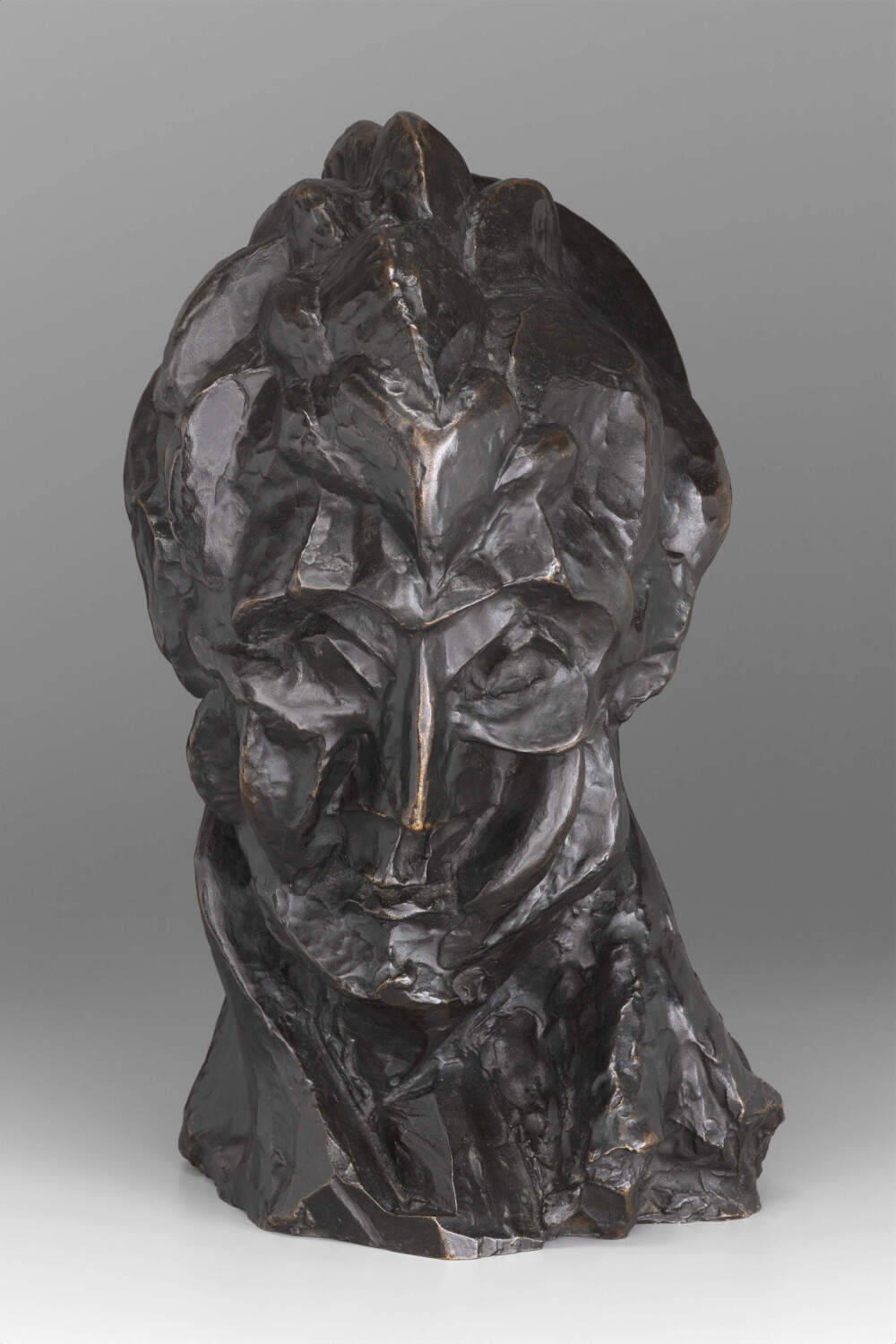The Museum of Fine Arts, Boston has received a significant financial boost for its modern art collection. A gift of $25 million from the Wyss Foundation will propel a major renovation project that includes four new state-of-the-art galleries for works from the 20th century that are expected to debut by next fall.
“It’s been evident that we haven’t told the story of the history of art very completely, so those looking for continuity sometimes can’t find it,” MFA Director Matthew Teitelbaum said in an interview. The gift will enable the museum’s curatorial team to tell a more fleshed-out temporal narrative through sculpture, drawing, print and painting. Ultimately, 5,665 square feet of space will be transformed to display pieces by pioneering artists including Louise Bourgeois, Frida Kahlo, Pablo Picasso, Alexander Calder and Piet Mondrian.
“It allows us to celebrate parts of our collection which are often hidden,” Teitelbaum added. “For people who are coming and experience a range of collections, they can now see our modern collection with real intent and with some critical mass of objects and images.”

Offices on the first floor of the MFA’s Evans Wing will be re-designed by Annum Architects into three galleries that will host deeper, rotating displays of works across different decades and genres. Upstairs, a fourth room dedicated to sculpture by artists like Louise Bourgeois, Simone Lee and Kiki Smith will become a “chronological bridge” connecting the Linde Family Wing for Contemporary Art to the museum’s Impressionist and Post-Impressionist galleries.
At the moment, the historical throughline spanning the end of the 19th century to present day at the MFA isn’t as direct as Teitelbaum said it should be. “From a visitor point of view, I think you’re missing a sense that there’s a continuity of art influences, and being able to not just put modern art on view — but put it where it’s going to make the most sense and have the most value — is a pretty big thing for us,” he said.
Previously, displays of the MFA’s 20th century collection have been episodic and temporary, he added, citing a 1927 painting by Miro as an example. “We haven’t had it up in the 10 years I’ve been here. You know, it just hasn’t found a context,” he said.
The Wyss Foundation is a private charitable foundation focused predominantly on land conservation. Teitelbaum has been working with its founder, Cambridge-based art collector, conservationist, philanthropist and honorary MFA advisor Hansjörg Wyss, for about 10 years. “I think we’ve developed a relationship of respect and shared interest, and we’ve shared some really special moments with art,” he said.
Wyss’s late wife Rosamund Zander was a best-selling author and landscape painter. According to Teitelbaum, she grew up going to the MFA and her passion for art played a role in making the couple’s $25 million commitment to the museum a reality.
“I am honored to have the opportunity to support the MFA’s efforts to reimagine the display of its 20th-century arts collections and highlight underrepresented artists,” Hansjörg Wyss said in a statement. “Promoting the arts and enabling discovery has been at the core of the Wyss Foundation’s mission, and I’m grateful to the MFA for their support in expanding those efforts to a museum with deep significance for myself and my late wife, Rosamund Zander.”
Wyss added his spouse would be “overjoyed that a new generation will be able to experience the same collections that sparked her lifelong love for the arts.”

The MFA’s modern art collection is bigger and better than people might realize, Teitelbaum said, adding it hasn’t been studied and explored enough. The gift is also funding two new staff positions to support the new galleries’ debut and evolution. Claire Howard has already been appointed as the Hansjörg Wyss curator of modern art, and the museum is currently searching for a new modern and contemporary art conservator.
The goal to uplift and activate an underrepresented part of the collection is also woven into the MFA’s strategic plan. It’s gratifying for Teitelbaum to know this initiative is coming to fruition, “because it’s a delivery on a promise,” he said.
If all goes as planned, visitors will be able to enter the new, 20th century sculpture space in late spring 2025. The project’s remaining three galleries are slated to debut next fall — right around the time Teitelbaum retires after a decade of leadership at the MFA.
“It’s going to be seen as something new,” he said, “and I think it’s going to be energizing.”
